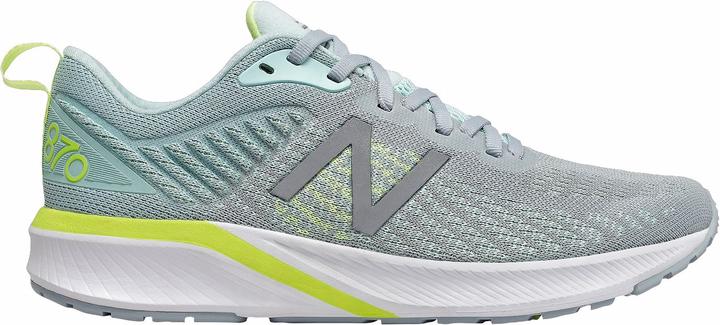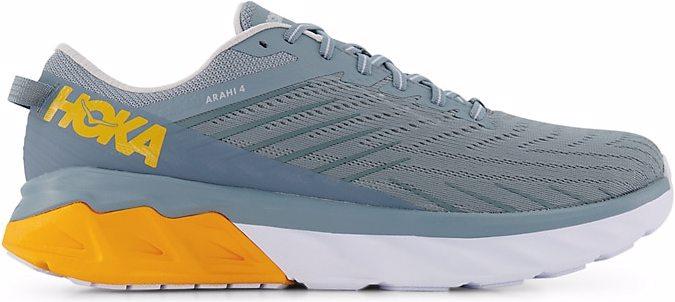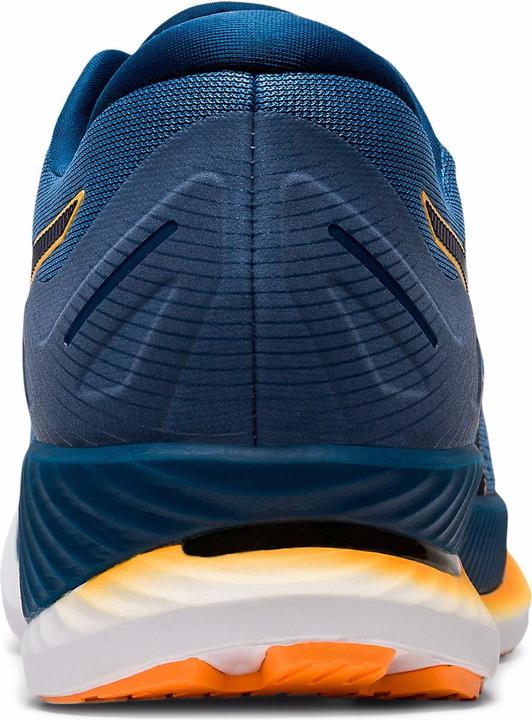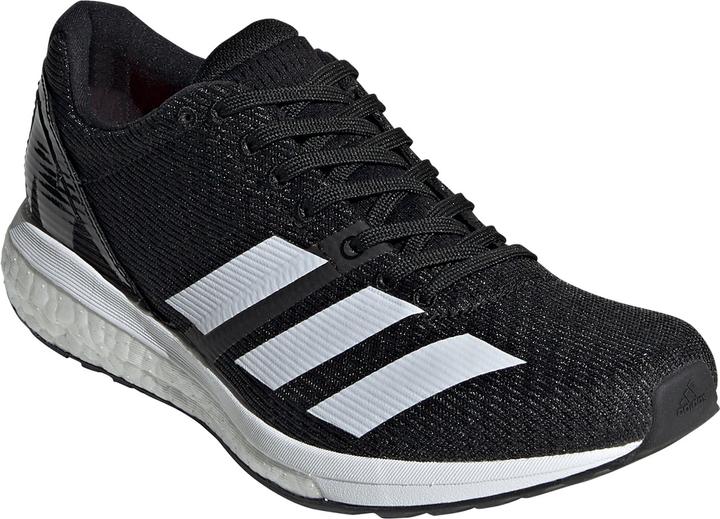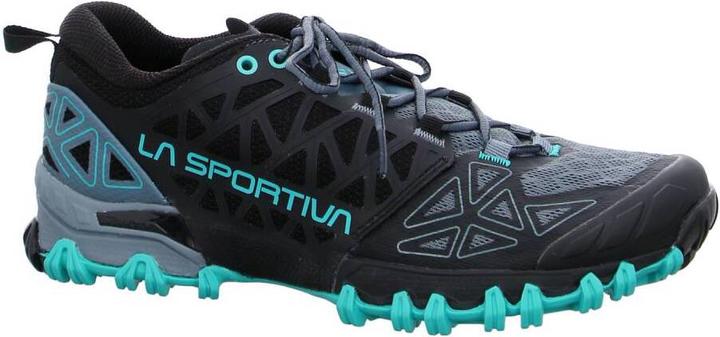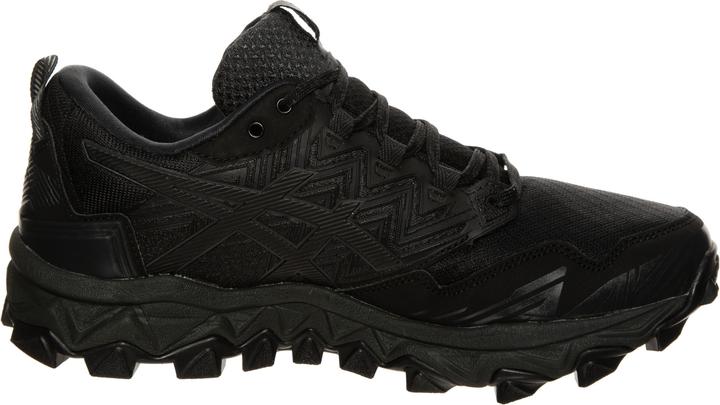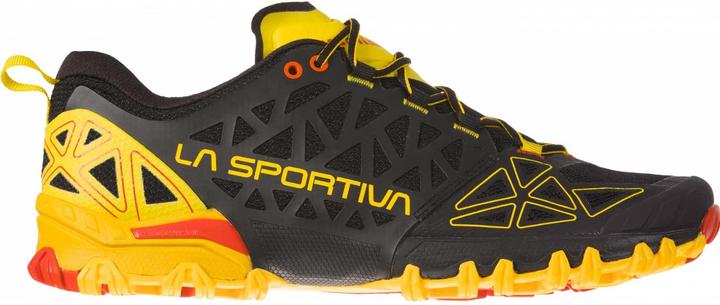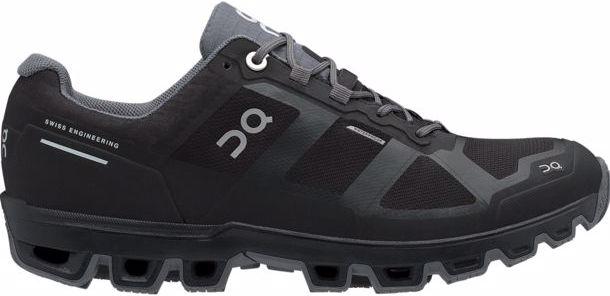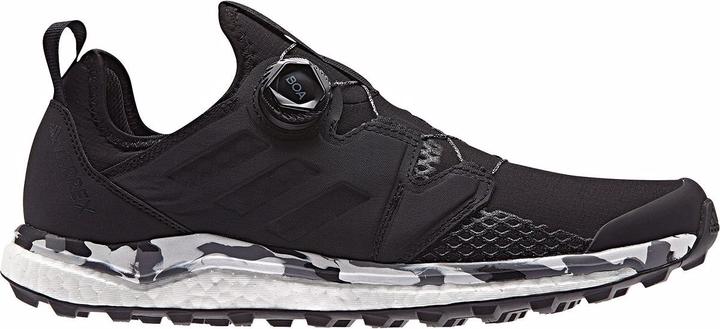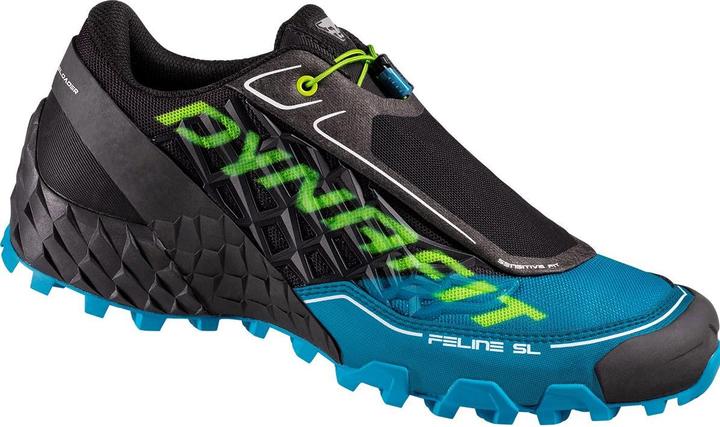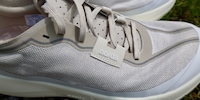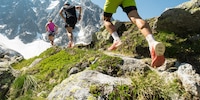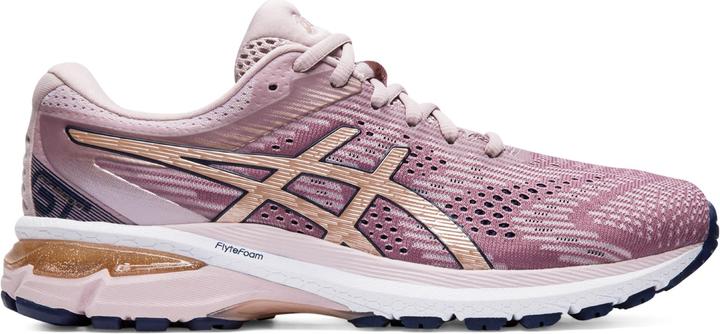

How to choose running shoes that are best for your feet
Forrest Gump runs. You know – the guy from the comedy film. He runs and runs from the west coast of the US to the east coast and back again. He runs until his beard reaches his belly button and his Nike «Cortez» are ripped to shreds.
Forrest Gump lends his name to the film where he runs for three years, two months, 14 days and 16 hours. He does so in the legendary «Cortez» trainers developed by Nike co-founder Bill Bowerman. What was considered state of the art in terms of running shoes in 1972 is now considered a casual retro shoe. Essentially, the priority when it comes to buying the best running shoes isn’t the design or even if the colour of the shoe goes with your outfit. If you train regularly, it’s important to choose a running shoe that’s going to complement your body, running style and training goals. Otherwise running will just damage your joints.
So what’s the perfect or the best running shoe? The honest answer is there isn’t one or at least not the same one for everyone. But you will discover there’s a best running shoe for your foot. That’s why it’s important to analyse your body and your running habits.
Step 1: analyse your foot shape
The shape of your foot is the first important factor when it comes to picking the perfect running shoes with the right shock absorption and stability for your body. The main foot shapes are regular (1), high arches (2), dropped arches or flat (3). Many runners have dropped arches or the extreme variety, which is flat feet. When the lengthways arch drops, you end up with misalignment and a lack of (your body’s own) shock absorption. This can cause a whole host of other problems. My personal «favourite» is tendonitis in the ankle.
How do you check the shape of your own feet? There’s an easy test for that. All you do is walk with wet feet across the floor and observe the foot prints. This should give you a good indication of your foot shape.

Step 2: static analysis
The next step is to analyse your legs. There’s also a little test for this. You stand barefoot with your legs relatively close together and put your hand between the knees without letting it touch them. If your knees go closer to your hand when you squat then you know the axis of the legs is dropping inwards and there’s overpronation. This is often the case for people with dropped arches or flat feet. When the gap becomes bigger and the knee drifts out, it means there’s underpronation. That’s when your weight rolls onto the outer side of the foot. This normally affects people with normal feet or high arches. If the distance between the knees and the hand remains unchanged, your foot-knee-hip axis is relatively stable.
Step 3: analysing running conditions
Before you choose your running shoes you want to ask the following questions:
- How often do I intend to go running? This has an impact on your running goals. For instance, do you have long-term plans to improve your overall fitness or is your main focus training for a specific running event?
- How long do I want to run in each interval? The longer you run, the more your vessels expand. This is why your foot swells much more in a marathon than when you run ten kilometres, for instance. If you plan to run longer distances, you’ll always want to buy running shoes one size bigger.
- Where will I be running most? Shoes that work well on asphalt are usually also suitable for gravel surfaces. But if you’d rather run on poorer surfaces, single tracks or in snow in winter then it’s best to invest in specialist trail running shoes.
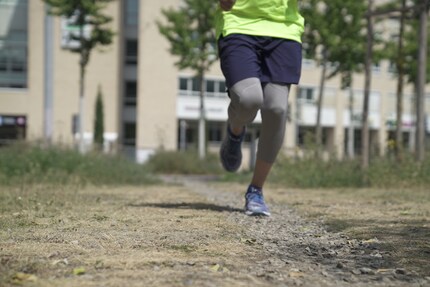
Step 4: types of running shoes – which is the right running shoe?
The «comfort shoe» for training on tarmac
Now you’ve done all the analyses on your feet and made decisions about your running plan, it’s time to pick the best running shoes for your body. As a general rule, you want to wear long-lasting «comfort shoes» for 70% to 80% of your training as these are adapted to your body’s shock absorption and stability.
If you suffer from overpronation (where your weight rolls onto the inner foot) and have dropped arches or flat feet, the recommendation is to wear a supported shoe with enough shock absorption. The level of absorption and stability differs according to the model and brand of shoe and the different technologies they use. But it’s all a matter of personal preference so it’s best to try various shoes with similar shock absorption and support. This should help you find out which shoe is most comfortable and best suited to your running style.
His and hers

See all supported running shoes
If you have supination (when you roll too much onto the outer edges of your feet) or have regular feet/leg posture you’re better off with neutral, unsupported shoes.
His and hers
Competition shoes for the street
Training shoes normally give you more shock absorption. The problem is the more absorption there is, the heavier your shoe will be. Training shoes are usually 100 to 200 grammes heavier than competition shoes. Another characteristic of training shoes is their higher «offset», also known as heel-toe drop. This is where there’s a bigger height difference between the heel and the forefoot of the shoe. Strong heel shock absorption, such as you get in shock absorption and stability shoes, gives you more propulsion and as a result, an unnatural way of running. That’s because you’re heel running rather than front-foot running.
The less propulsion, the more it’s like barefoot running. Competition shoes and lightweight trainers intentionally don’t have a higher heel so you can run in a natural way. They’re especially good for runners who don't suffer from the effects of wearing heels.
His and hers
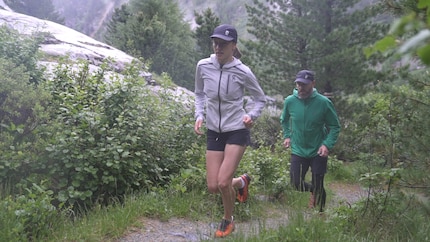
If you mostly run on trails and in open country, you need special training shoes. The term trail running covers all forms of running apart from on the street: from jogging in the park to running on flat surfaces and extreme running in several stages across the Alps.
Running on trails is meant to let you feel in touch with nature. Rugged or uneven ground and obstacles help improve your physical endurance as well as coordination and concentration skills. As you have to keep your whole body stable in this kind of terrain, trail running makes more of your muscle groups work than street running does.
The most common types of uneven ground you’ll come across are gravel trails and forest and meadow paths through woods or parks, single trails, trails across stones and boulders in alpine terrain, exercise trails and woodchip trails or sand.
Trail running shoes for training
His and hers
Trail running shoes for competitions
His and hers
The «alternative shoe»
Going back to the general rule that 20% to 30% of training should be done in a second pair of running shoes. This is something orthopaedists and doctors recommend as this stops the body getting too used to a certain shoe. Wearing another pair of shoes gives you new training stimulus and makes the muscles work in a different way. Ultimately, it helps reduce the risk of injuring yourself. But what kind of shoe should you use as your alternative shoe? It can be another model or even be from a different brand.
What’s more, experts recommend regularly finishing short and fast training intervals with higher intensity. The competition shoes listed above are best for that.
Step 5: how to take care of your running shoes
- Air your shoes well after each run.
- Don’t leave your shoes in direct sunlight or on a radiator. The heat can remove the glue.
- Before washing your shoes, remove the inner soles and clean them separately.
- The best way to clean running shoes is with lukewarm water and a sponge or a toothbrush. Don’t use normal soap as this affects the upper.
- Dry the shoes by filling them with scrunched up old newspaper. This soaks up the water.
- Don’t ever put your running shoes in the washing machine. This damages the midsole, and water and laundry detergent would just remove the glue.
- Combat sweaty smells with a specialised shoe deodorant. This doesn’t just banish the smell; it also kills off any bacteria.
From radio journalist to product tester and storyteller, jogger to gravel bike novice and fitness enthusiast with barbells and dumbbells. I'm excited to see where the journey'll take me next.
Practical solutions for everyday problems with technology, household hacks and much more.
Show all